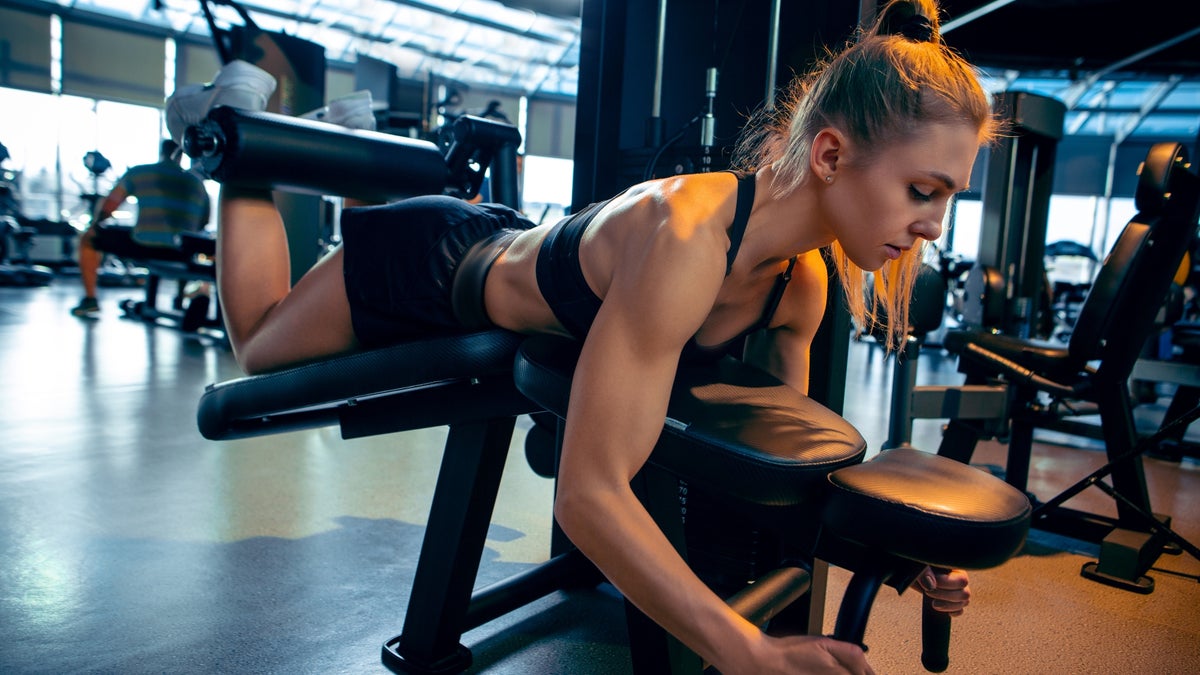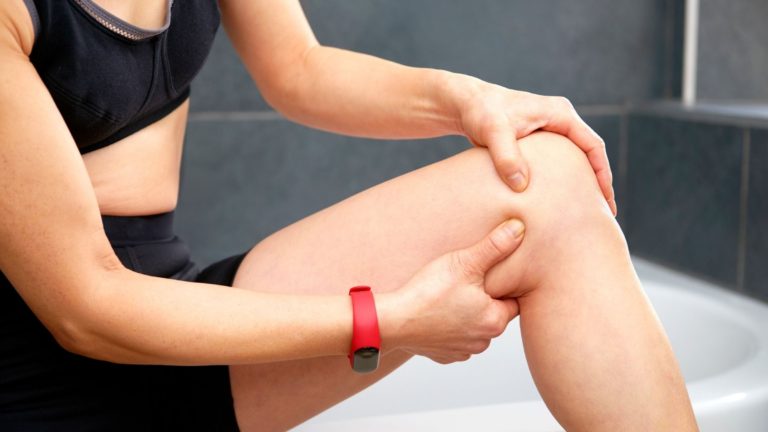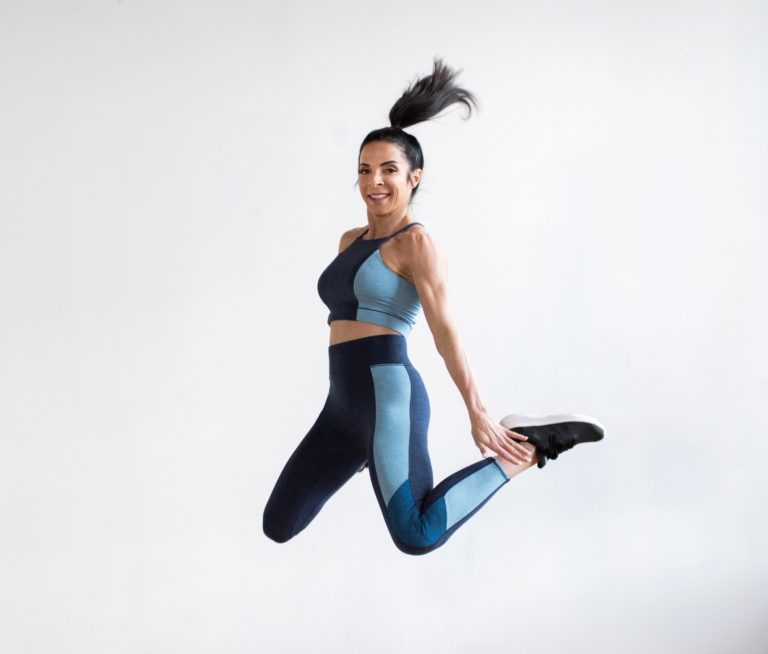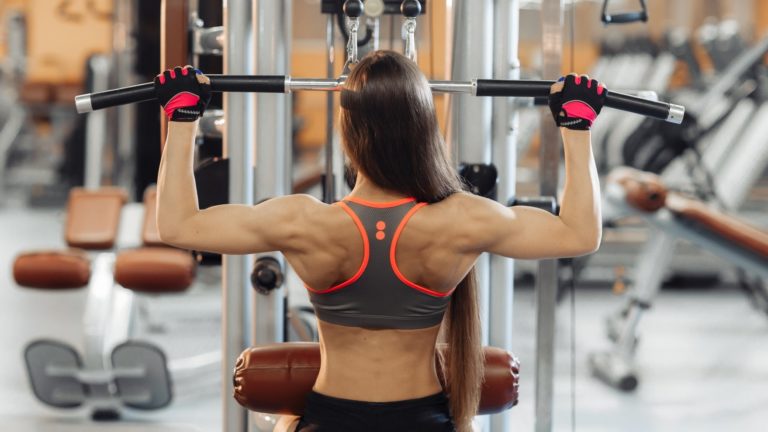
5 Ways to Get the Most Out of Machine Exercises

Get full access to Outside Learn, our online education hub featuring in-depth fitness and nutrition courses and more than 2,000 instructional videos when you
sign up for Outside+.
The machines at your gym may seem straightforward enough to use, so much so that they’re often the first place a beginner will start when learning how to work out. Still, with a bit of imagination and expert help, you can definitely stretch their limits for additional muscle-building benefits, even if you’ve been hitting the gym for years.
Here, Raphael Konforti, Senior Director of Fitness for YouFit Gyms, shares five of his favorite tips for maximizing those machines.
1. Set Yourself Up for Success
The most important part of using a machine is setting it up properly.
“Many people hop on a machine without changing whatever settings the last person left,” Konforti says. “Free weight exercises allow you to alter your range of motion to your individual mechanics, limb length, and other factors, but machines lock you into a specific motion. To properly activate muscles and avoid injury, you need to know how to set up each machine to get the proper angles.”
For instance, on a leg extension or leg curl machine, your knee should line up with the pivot point of the lever arm, while the ankle pad should be nestled right at the top of your foot and bottom of your shin for the former, and right at your Achilles (just above the heel) for the latter. If you’re using a seated chest press, the handles should be at the same height as your mid- to upper chest, so that your elbows can be positioned directly behind them as you press them forward.
On the seated pulldown machine, you should adjust the knee pad so that it keeps your legs in place with your feet flat to the floor. If in doubt or trying a machine you’re unfamiliar with, ask a trainer on the floor for her set-up guidance.
2. Check Your Form
As Konforti just pointed out, machines to tend to lock you into a certain path and range of motion — but that doesn’t mean you can simply relax and check out mentally during your set.
“Your form needs to be monitored on machines just as much as free weights,” he warns. “Although there is only one way the machine can move, there are a lot of ways you can contort yourself to get the machine to move. Common form checks to be aware of are rounding your lower back on a leg press, flaring the elbows out during a chest press, or performing reps so fast the weight stack slams down between reps, which instantly releases all that valuable tension on the target muscles.”
3. Slow Your Roll
We all need a change of pace sometimes … especially if you tend to do all your repetitions at the same speed.
“Machines are an easy and safe way to incorporate slow tempo work,” Konforti points out. “A slower tempo increases the total time under tension during a set, a key variable for building muscle. Aim to make each rep last five seconds — two seconds to lift the weight, followed by a one-second pause with a squeeze, and then a two-second return to the starting position. Try 10-15 reps with this tempo for 3-4 sets and see how that feels.”
Other techniques are also well-suited for machines, especially if you don’t have a spotter to help you out during free-weight exercises.
“My favorites are incorporating rest-pauses, where after the last rep you rest 20 seconds and then perform an additional 2-3 reps; and drop sets, where after you reach momentary muscle failure you immediately lower the weight 10 percent to 20 percent and continue to perform more reps. Drop sets can be done on any machine, and are especially great for arm and calf movements to really burn them out.”
4. Go Longer
If your goals include impriving your muscular endurance, machines can be a valuable tool, since you can keep going without worrying as much about the stabilizing muscle groups giving way too soon.
“To tax your aerobic system, you want to increase your volume and lower your rest periods,” Konforti suggests. “Your rep range should increase to 12-20 reps minimum per set, with rest periods no longer than 45-60 seconds. This combination balances the muscles’ ability to perform the work with the heart’s ability to keep those muscles oxygenated.”
For best results, pick compound moves over isolation exercises — think leg presses, rows, pulldowns and overhead presses versus pec-deck flyes, leg extensions and preacher machine curls.
“Endurance work is most effective when using compound movements that engage larger muscles, as only engaging smaller or individual muscles won’t use enough oxygen to challenge your cardiovascular fitness,” Konforti says.
5. Finish With a Flourish
It’s not just change-ups in sets, reps and weight selection that allow you to manipulate a workout to get the most from your efforts. You can also organize the exercises themselves in a particular order to increase your intensity.
“Machine exercises are ideal to add into your workout after performing, say, 2-3 free-weight exercises first — meaning dumbbell, barbell and kettlebell moves.” In other words, since you’ll be more fatigued the further you get into a training session, by putting machines on the tail end, you’ll be able to “push your muscles without worrying as much about your form breaking down,” Konforti explains.
Take a back workout, for instance — using this order means you do the most difficult barbell exercise first, followed by dumbbells and finally two machine movements to finish up:
| Exercise | Sets | Reps |
| Bent-Over Barbell Row | 4 | 6-8 |
| One-Arm Dumbbell Row | 4 | 10-12 |
| Lat Pulldown | 3 | 10-12 |
| Chest-Supported Machine Row | 3 | 10-12 |
| Straight Arm Rope Pulldown | 3 | 10-15 |
Published at Mon, 23 May 2022 08:34:16 -0700






